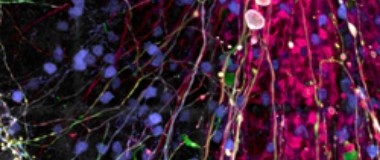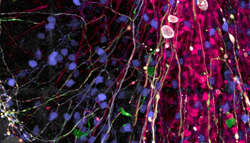Going beyond the filter: advances in spectral imaging technology

The use of multiple fluorophore labels is a powerful approach for cell imaging experiments. However, when using different fluorophores together, it is critical to determine any overlap in their emission spectra since this could challenge data analysis. If significant overlap exists, spectral imaging technologies can be used to resolve individual fluorophore signals. How does this work, and which applications are best suited to spectral imaging? In this special webinar, our speakers will discuss the applications of spectral imaging technology in life science research.
In this webinar, you will:
- Learn about recent advances in spectral imaging technology
- Hear examples of the application of spectral imaging in experiments, and discover its experimental
- Hear examples of the application of spectral imaging in experiments, and discover its experimental benefits

Featured Speakers:
Robert Zucker
Research Biologist, Toxicology Assessment Division, U.S. Environmental Protection Agency
Dr. Zucker’s research focuses on the 3-D visualization of biological structures and the application of biophysical technologies to study toxicological cellular changes. He has published numerous research and review articles and is currently the research coordinator/director of core facilities for flow cytometry and confocal microscopy.
Francesco Cutrale
Research Associate, Translational Imaging Center, University of Southern California
Dr. Cutrale is a senior scientist in Prof. Scott Fraser’s lab at USC , where he applies physics and microscopy to develop innovative tools for biological imaging. He has experience developing advanced optical technologies, including both hardware and software for microscopy and medical image processing.
Matthew Weitzman
National Application Specialist, Olympus America
Dr. Weitzman is a specialist in confocal and multiphoton imaging systems at Olympus and has extensive experience in biomedical imaging, with a focus on Laser Scanning Microscopy (LSM) technology.
Sponsored by:
![]()